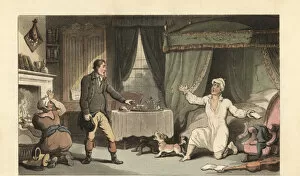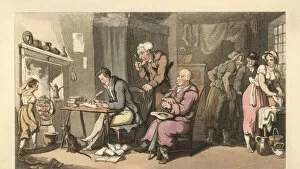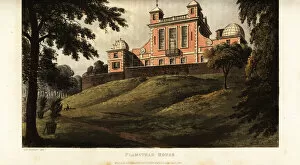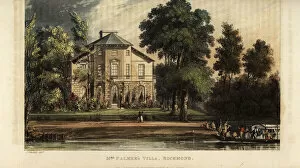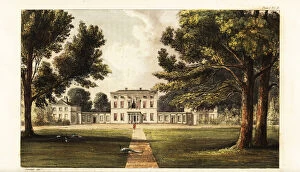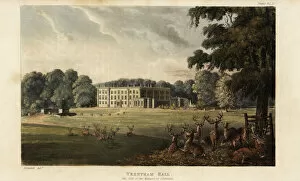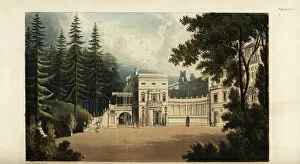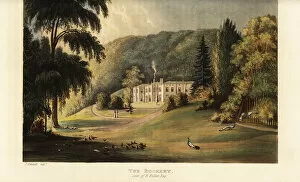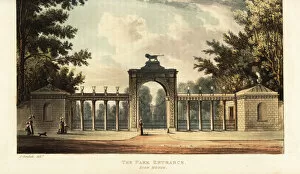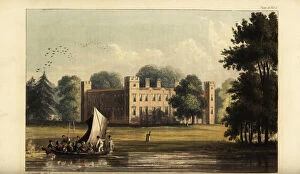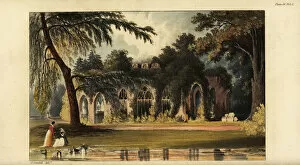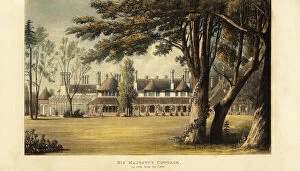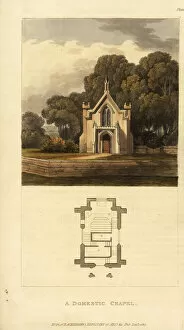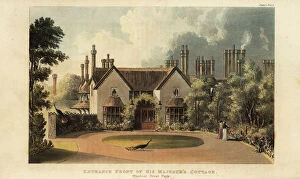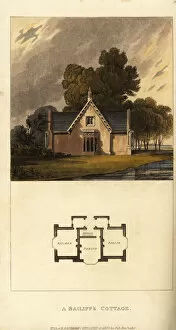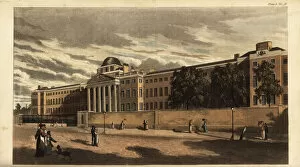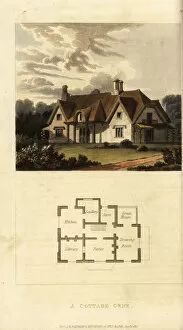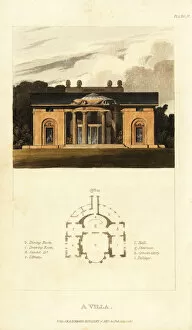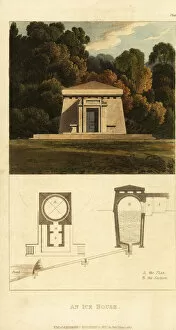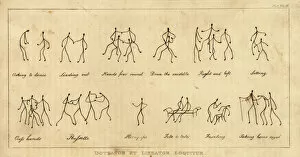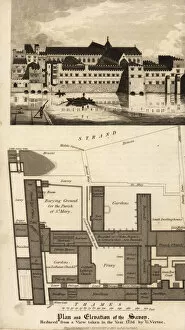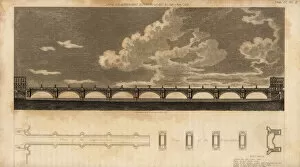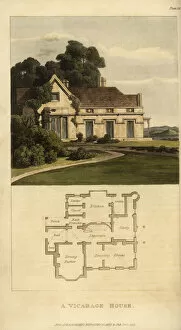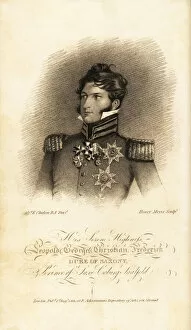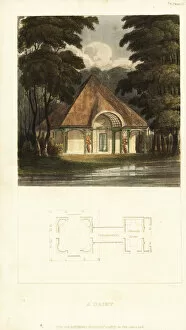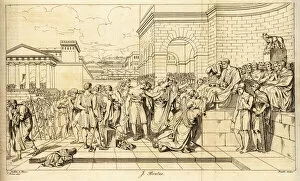Rudolph Collection (#3)
"Rudolph: A Captivating Tale of Talent, Triumph, and Timeless Elegance" In the world of dance
For sale as Licensed Images
Choose your image, Select your licence and Download the media
"Rudolph: A Captivating Tale of Talent, Triumph, and Timeless Elegance" In the world of dance, the names Margot Fonteyn and Rudolph Nureyev are synonymous with grace and artistry. Their partnership on stage was nothing short of magical, captivating audiences around the globe. But there is another Rudolph who left his mark in history - Rudolph Steiner. Known for his contributions to education and spirituality, Steiner's philosophies continue to inspire many even today. Traveling back in time to Devon, we find ourselves at Oxton House, where Rev. John Beaumont Swete resided. This picturesque estate served as a sanctuary for contemplation and reflection. Another grand residence in Devon was Pynes House, built in 1825. Its stately presence stood as a testament to architectural excellence during that era. Shifting our focus across the Atlantic Ocean, we encounter Wilma Rudolph - an American track and field athlete whose determination knew no bounds. Her victorious moment at the Summer Olympic Games in Rome remains etched in sporting history forever. The name it also brings forth images of Hollywood glamour - none other than the legendary heartthrob Rudolph Valentino. His smoldering looks captivated audiences worldwide during cinema's golden age. However, not all associations with this name are glamorous or romantic. An English gentleman found himself on trial in France during the 18th century – a tale shrouded in mystery that continues to intrigue historians today. Returning once more to Valentino's legacy but from a different perspective – through mail correspondence bearing his iconic image – we glimpse into an era when communication took on new forms yet retained its charm. Stepping into military regalia takes us back to 1844 when the Grenadier Guards proudly displayed their ensign under which they valiantly served their country – a symbol of honor and duty personified by Rudolph.

